Is lavender drought tolerant? Experts recommend the best types of lavender for dry conditions
Spanish lavender is the most drought-tolerant, though English varieties can also withstand the dry
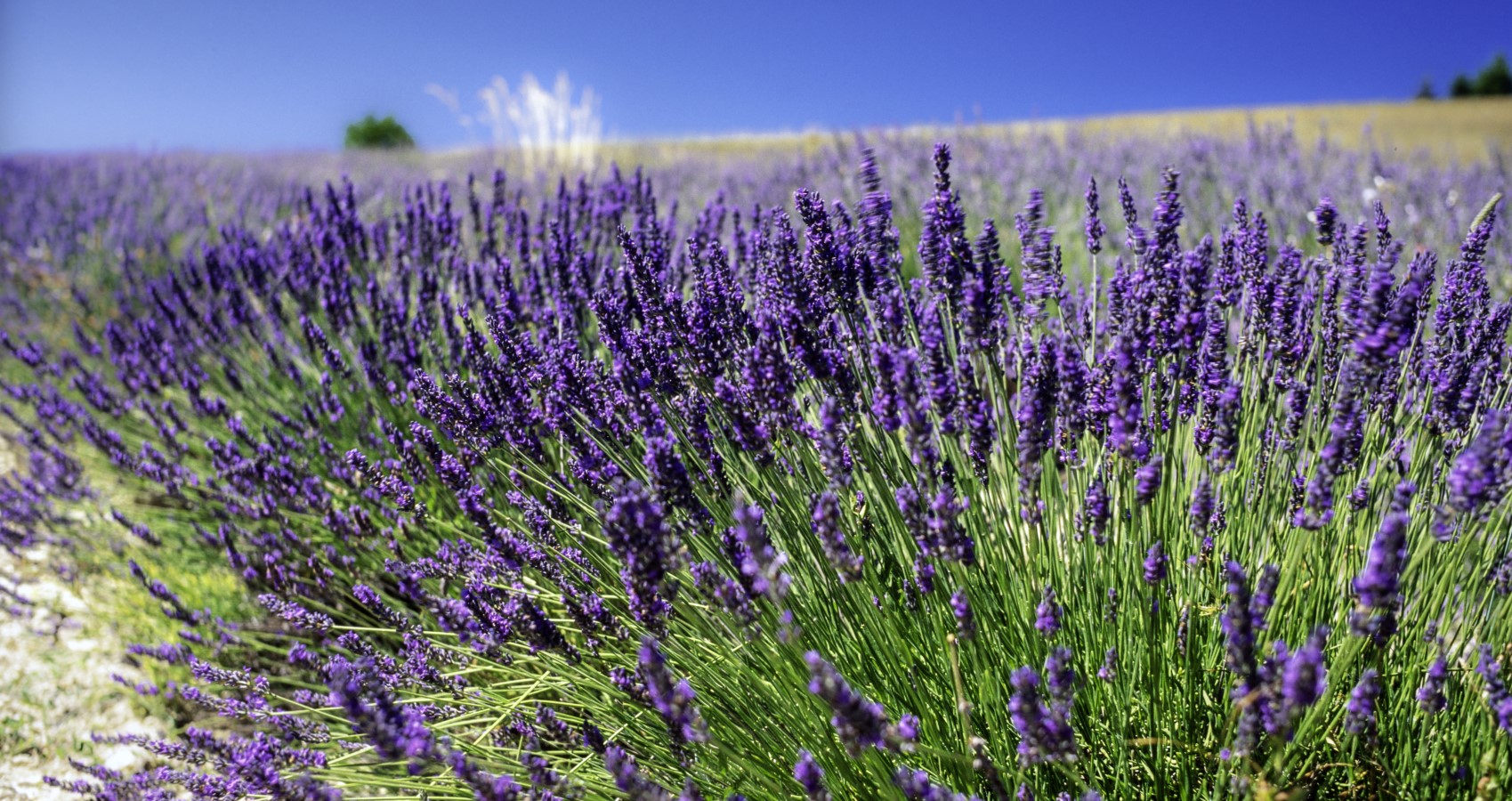

Lavender is a herb known for its love of full sun and it evokes images of hot Mediterranean climates. It is a very versatile shrub and can be easy to maintain thanks to the fact it is a very drought tolerant aromatic plant.
There are many different types, varieties and cultivars of lavender to grow in your backyard, and the good news is that most are highly drought tolerant.
Although lavender is actually one of the most drought tolerant shrubs you can buy, it is the Spanish lavender that takes the crown as the most drought tolerant of all the lavenders. Though, rest assured, both English and French lavenders are also very tolerant of dry conditions too.
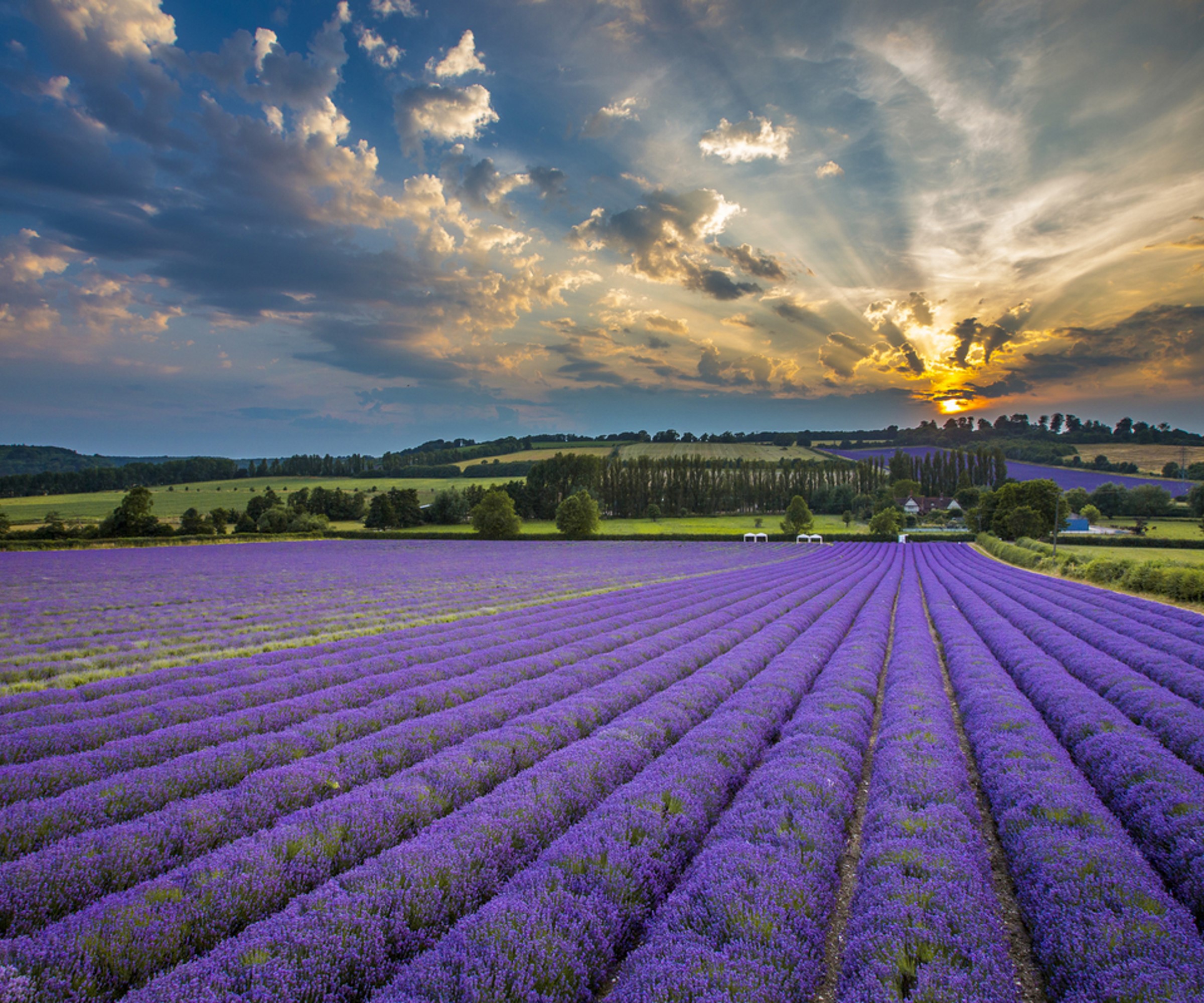
Lavender grows up to three feet tall and flowers in shades of purple and blue
Is lavender drought tolerant?
Lavender is highly tolerant of drought conditions and that makes it an ideal aromatic herb for if you are planning a dry garden. Lavender as a plant is native to the Mediterranean and Middle East, areas where the soil is very free-draining – often gravelly, rocky, and chalky – and it also gets little rainfall during the summer.
William Alexander, an experienced lavender grower who runs Castle Farm, which cultivates over 100 acres of lavender in the UK, explains that lavender is a ‘xerophyte’, or a plant that has adapted to survive in very dry conditions.
He adds: ‘The oil content of its leaves and flowers helps to prevent evaporation of water. As long as lavender has sufficient moisture to get established as a young plant, it only requires occasional rainfall during periods of dry weather and can survive cold temperatures in winter.’
The important aspect to remember is that even drought-tolerant plants need watering during their initial rooting stages, so never neglect the watering after you plant lavender or transplant lavender in your backyard herb garden. When they are established, only then can the plants still thrive with less watering.
When planning for watering lavender, any watering regime will also be dictated by where you are growing the plants as, if you are growing lavender in pots, as part of a herb container garden, then it may require more watering than plants in the ground.
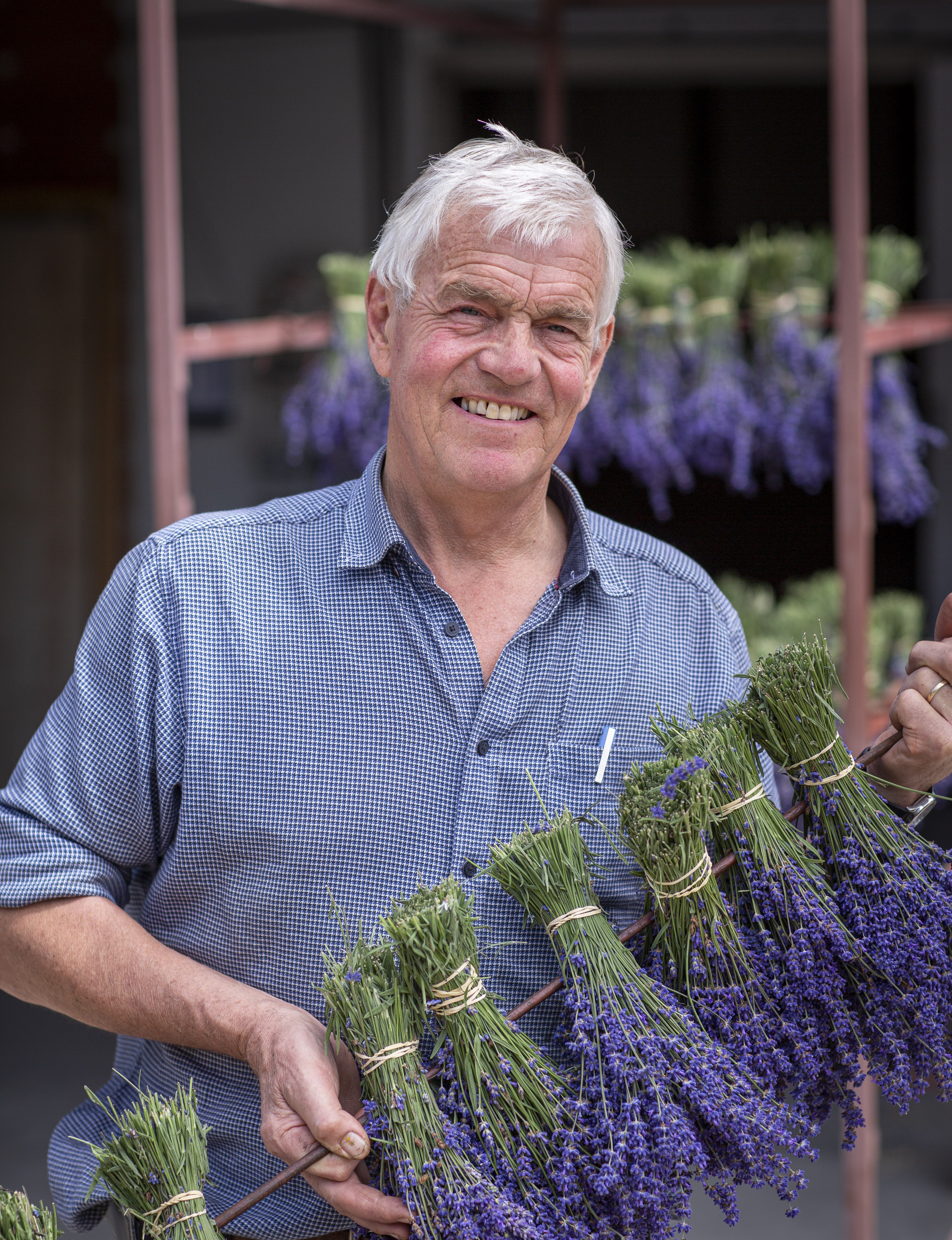
William Alexander is a vastly experienced lavender grower and runs Castle Farm in the North Downs of Kent, UK. The farm grows and distils over 100 acres of Lavender for pure English Essential Oil. Their oil is used for aromatherapy, perfume and toiletries globally.
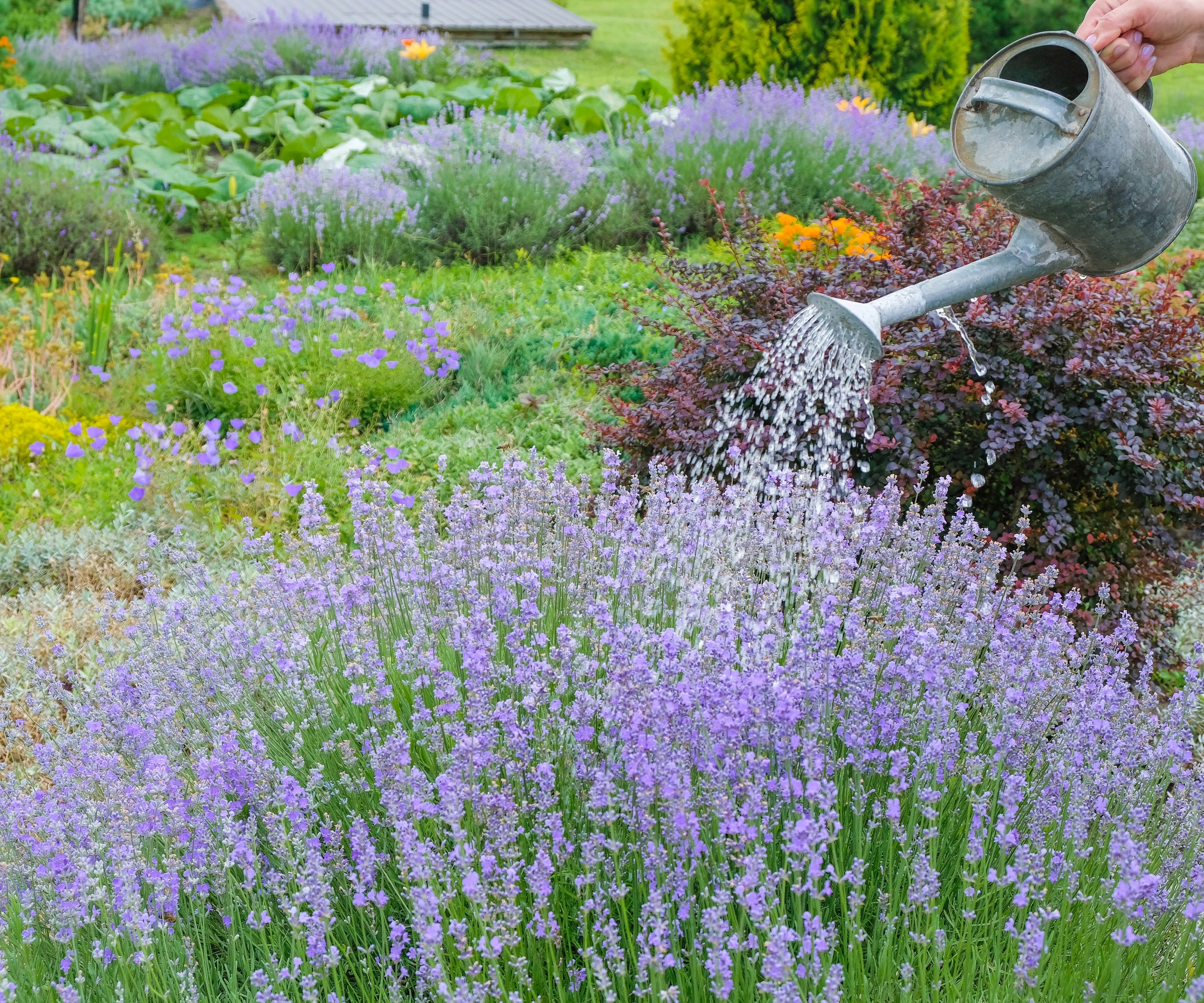
Plants always need watering until they are fully established
Which lavender is the most drought-tolerant?
While most lavender varieties are very tolerant of dry conditions and suitable for drought tolerant planting ideas, there are variances in their drought tolerance.
There are 28 lavender species, with numerous cultivars and hybrids, and it is Spanish lavender (Lavandula stoechas) that is the most drought tolerant. While it is ideal for drought tolerant planting, Spanish lavender is not the hardiest form and you will need to winterize the lavender by protecting it from the cold.
Amber Noyes, horticulturist and editor of Gardening Chores, claims that Spanish lavender thrives in ‘rocky, dry garden sites’ and is capable of ‘withstanding extended periods without water’. Spanish lavender is ideal for hedging, edging, and mass plantings.
She adds: ‘It's best suited for USDA zones 8 or 9 and above, particularly in regions with hot summers and mild winters such as Texas, California, Louisiana, Florida, and other southern areas of the United States.’
An excellent choice of Spanish lavender is the variety Otto Quast, which is available from Nature Hills. Good alternatives include ‘Primavera’ and ‘Silver Anouk’.
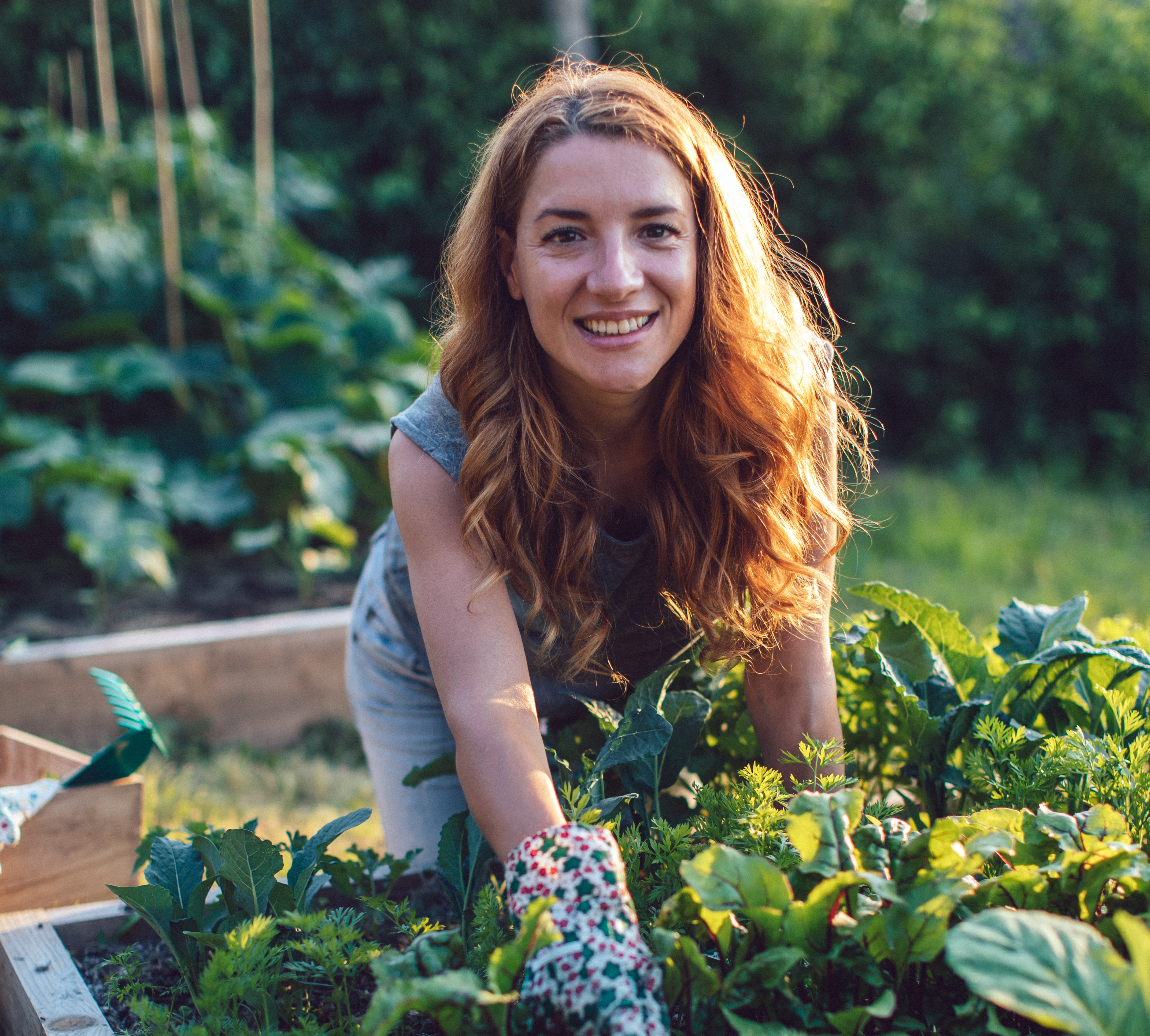
Amber Noyes is a plant expert who has a master’s degree in horticulture from the University of California as well as a BS in Biology from the University of San Francisco. She brings experience from working on an organic farm, at farmers markets, and at a plant nursery.
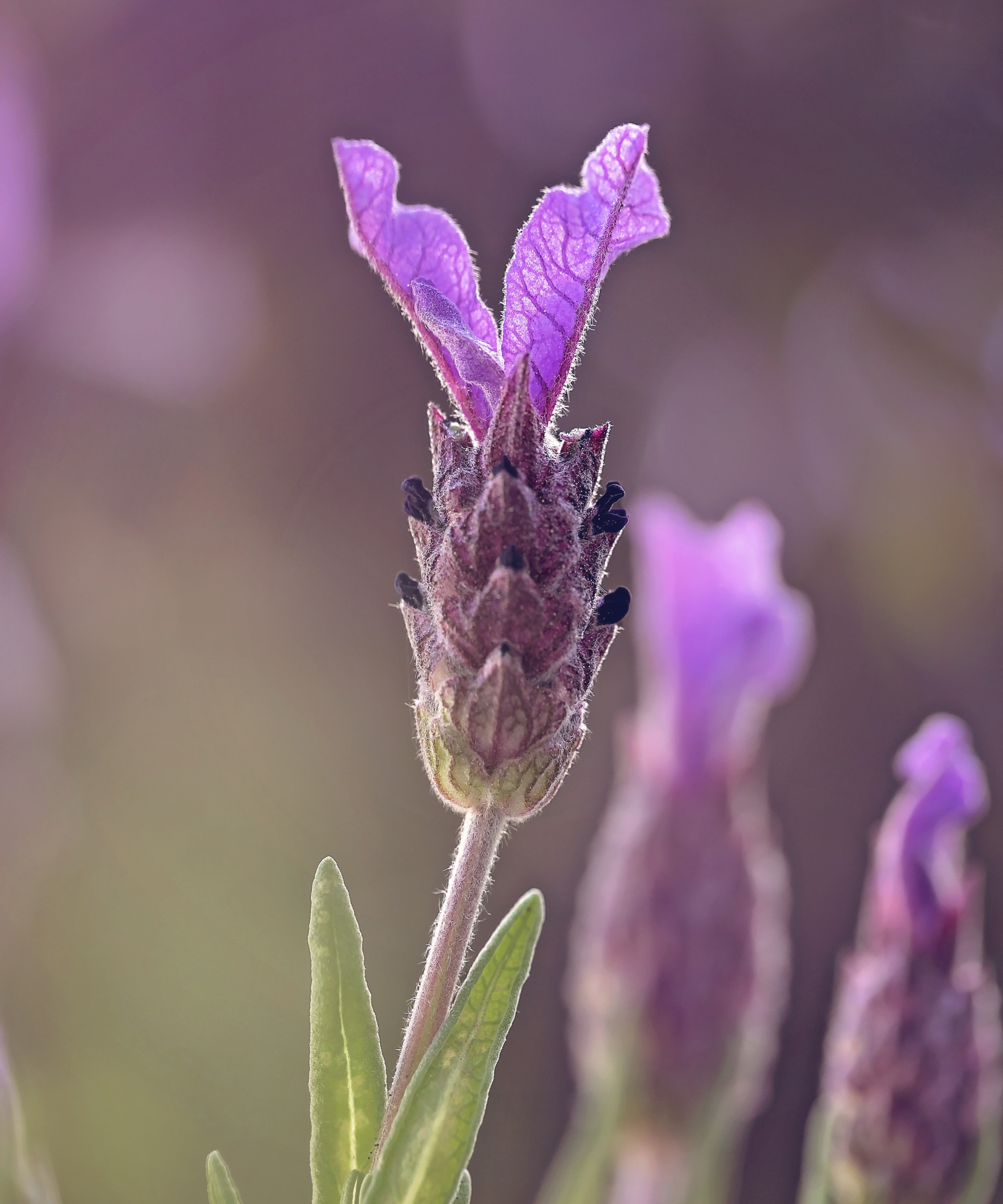
Spanish lavender has a distinct cone-shaped flower head
Is English lavender drought tolerant?
English varieties of lavender, which are actually native to the Mediterranean rather than England as their names suggest, are also some of the best drought tolerant herbs too. They are the most commonly seen lavender in gardens and are often used as mass plantings, hedging plants, edging, and more.
Nikhil Arora, co-founder of the organic gardening brand Back to the Roots, says: 'English lavender (Lavandula angustifolia) and lavandin (Lavandula x intermedia) cultivars, such as 'Grosso' and 'Provence,' are known for having a greater tolerance to dry conditions compared to other lavender species.’
Lavandin is a cross between English lavender and Portuguese lavender. This hybrid is less hardy than the traditional English lavender but still offers a similar level of drought tolerance.
Classic varieties of English lavender include ‘Munstead’ lavender, available from Nature Hills, as well as lavender ‘Hidcote’, also from Nature Hills. Types of lavandin to choose include ‘Hidcote Giant’ and ‘Grosso’.
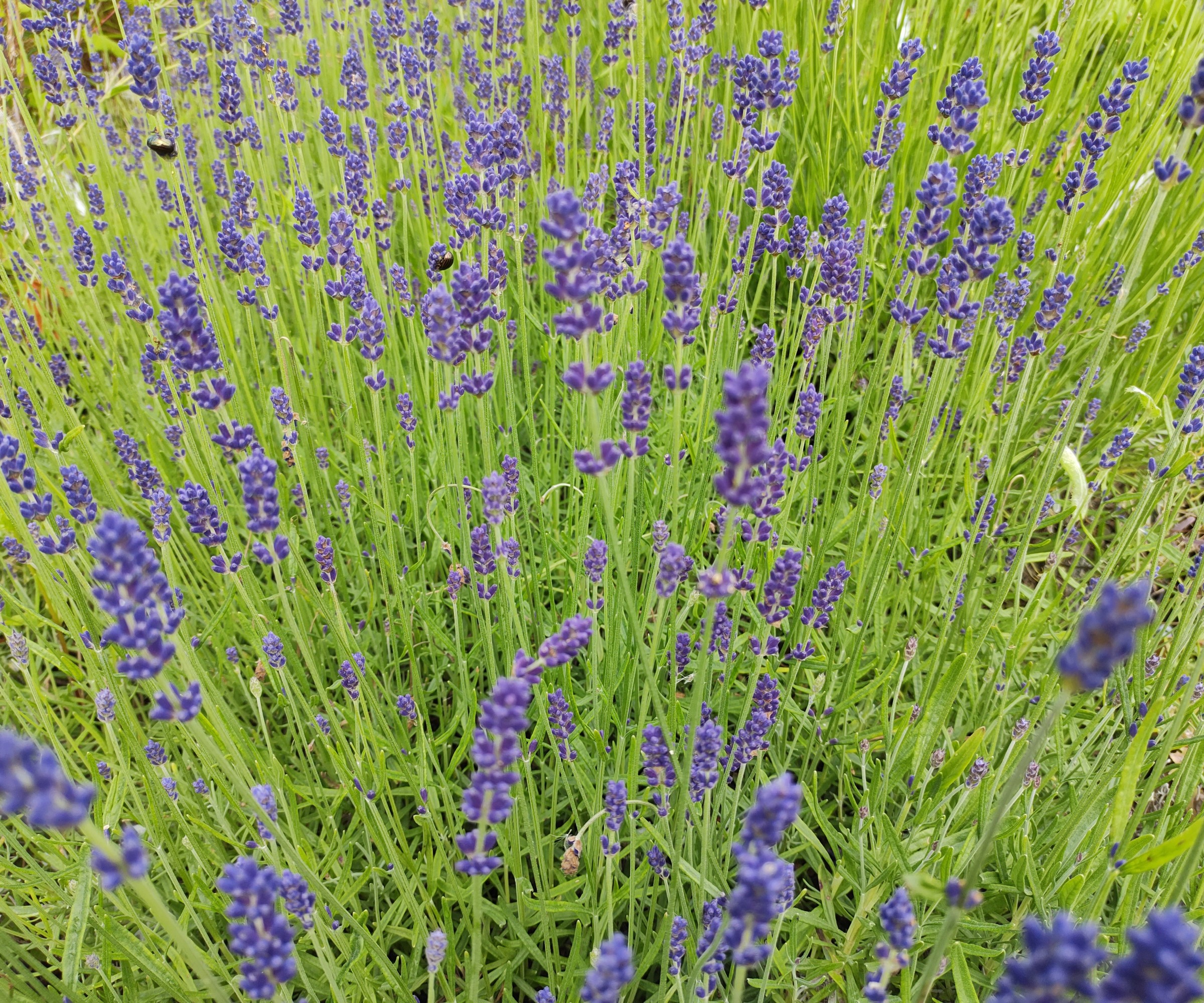
'Hidcote' is a classic English lavender variety
Is French lavender drought tolerant?
While English lavender is not from England but the Mediterranean, French lavender is not from France, it actually originates from northern Africa.
French lavender (Lavandula dentata), as with all lavender types, does relish a hot planting position with lots of sun, though it is not as drought tolerant as its Spanish and English counterparts. Compared to other types, such as the classic and popular English lavenders, the French lavender is not as common throughout US backyards.
If you are planning to add more aromatic herbs to your backyard space and want something that is beautiful and easy-to-maintain, especially during long and sunny summers, then lavender offers a superb option. It is a drought tolerant plant and there is a wide variety of types and varieties to select from, all of which are capable of thriving in dry conditions.
Sign up to the Homes & Gardens newsletter
Design expertise in your inbox – from inspiring decorating ideas and beautiful celebrity homes to practical gardening advice and shopping round-ups.

Drew’s passion for gardening started with growing vegetables and salad in raised beds in a small urban terrace garden. He has worked as a professional gardener in historic gardens and specialises in growing vegetables, fruit, herbs, and cut flowers as a kitchen gardener. That passion for growing extends to being an allotmenteer, garden blogger, and producing how-to gardening guides for websites. Drew was shortlisted for the New Talent of the Year award at the 2023 Garden Media Guild Awards.
-
 9 things you can clean with glycerin – this cheap and natural cleaner is perfect for indoor and outdoor use
9 things you can clean with glycerin – this cheap and natural cleaner is perfect for indoor and outdoor useFrom patio furniture to silverware, this hydrating and gentle cleaning agent will work miracles
By Ciéra Cree Published
-
 Martha Stewart's houses – inside her most iconic properties, from Cantitoe Corners to Turkey Hill
Martha Stewart's houses – inside her most iconic properties, from Cantitoe Corners to Turkey HillThe lifestyle guru built her legacy around her homes, some of which are the most recognized homes in modern American history – we explore her portfolio
By Megan Slack Published